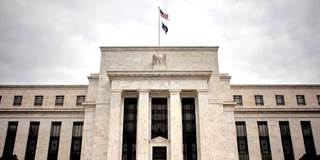More than two years after economists divided into opposing camps over the nature of the post-pandemic inflation, we now know which side was right. Disinflation has confirmed that the earlier price increases were “transitory,” driven largely by supply disruptions and sectoral shifts in demand.
PISA – As the world was recovering from the pandemic, inflation shot up, owing to widespread disruptions to global supply chains and sudden changes in patterns of demand. While the demand shifts might have posed a challenge to price stability even in the best of times, the breakdown in supply chains made matters worse. The market could not respond immediately to the new demand patterns, so prices increased.

PISA – As the world was recovering from the pandemic, inflation shot up, owing to widespread disruptions to global supply chains and sudden changes in patterns of demand. While the demand shifts might have posed a challenge to price stability even in the best of times, the breakdown in supply chains made matters worse. The market could not respond immediately to the new demand patterns, so prices increased.